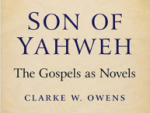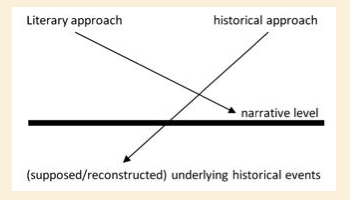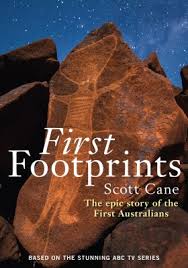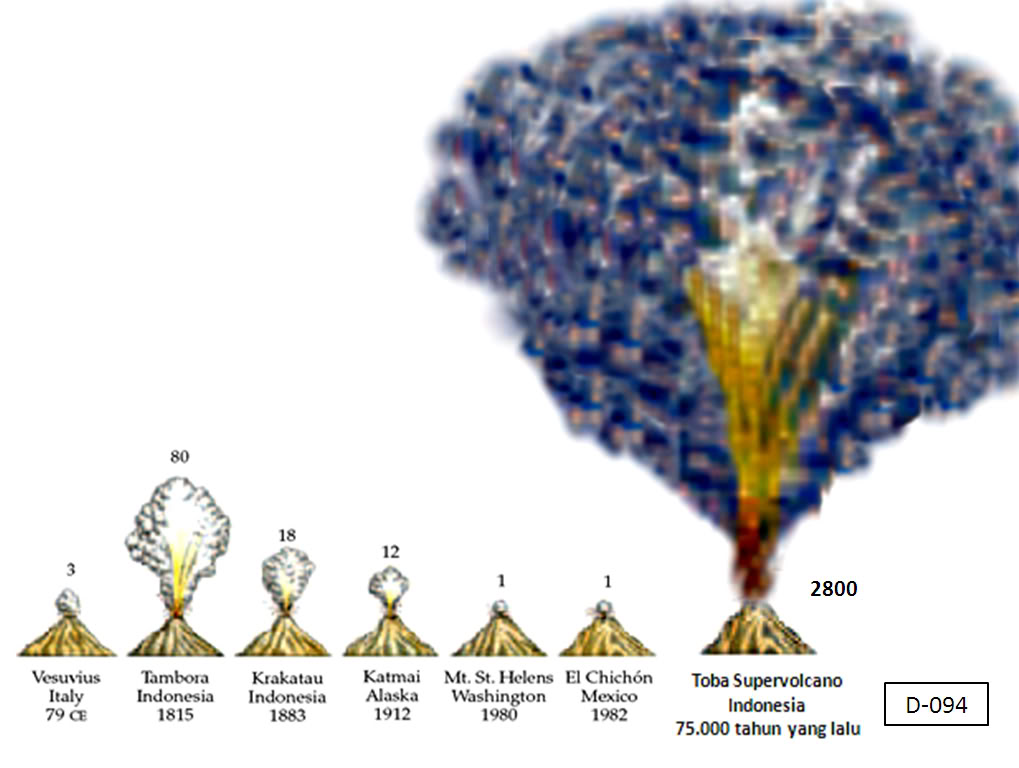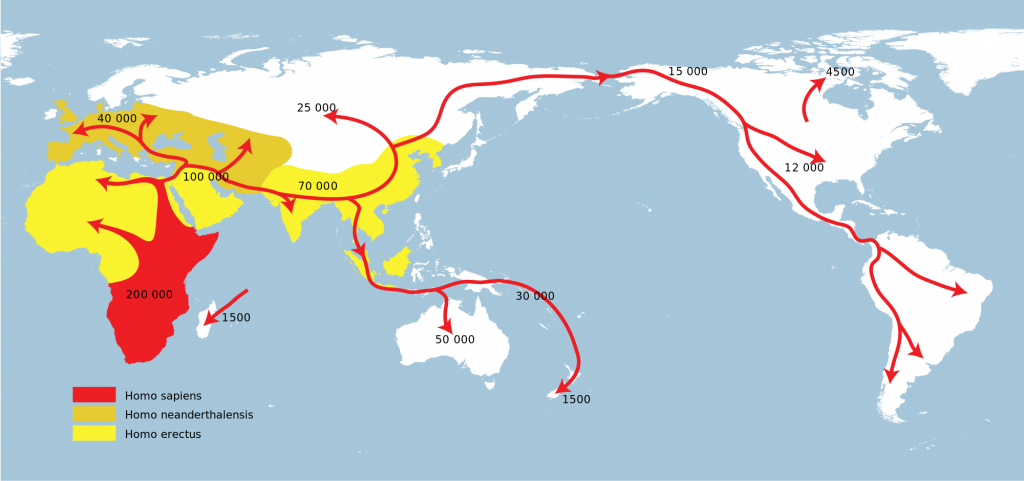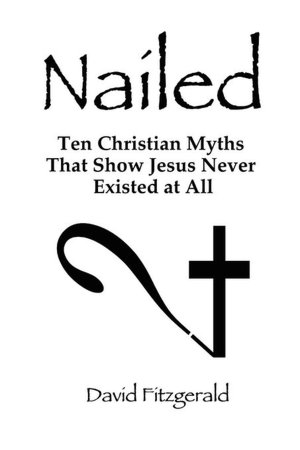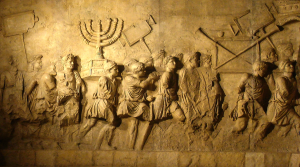–o0o–
All posts in this series are archived in the O’Neill-Fitzgerald Debate.
–o0o–
.
Tim O’Neill (TO) leads readers to think that David Fitzgerald (DF) argues that
— because there is no contemporary record for miraculous and other clearly spurious events . . .
— therefore Jesus did not exist.
Thus Fitzgerald goes on to detail things in the gospels which he argues should have been noticed by writers of the time: the taxing of the whole Roman Empire, the massacre in Bethlehem by Herod the Great, Jesus’ ministry generally, his miracles . . . . . For anyone other than a fundamentalist, this argument has zero force. Critical scholars, including many Christian ones, would simply chuckle at the idea that things like the story of an Empire-wide census or the Massacre of the Innocents are historical, so arguing they did not happen counts for nothing much when it comes to arguing against the existence of a historical Jesus.
Fitzgerald even seems to think that the fact the “Star of Bethlehem” and the darkness on Jesus’ death are unattested and therefore most likely did not happen (which is true) is somehow a blow against the existence of a historical Jesus (which is not).
Does DF suggest that arguments against the impossible count against the historical Jesus?
With respect to the empire-wide census, on pages 22 and 23 of Nailed DF makes it very clear that we would expect some record of such an event if it really happened. At no point does he link this absence to the conclusion that not even a more modest Jesus of the scholars existed. In fact, as we have already seen in previous posts in this series, DF explicitly points out that even though we have no evidence for all the miraculous or unlikely events we may still wonder if there is a “lesser Jesus” who really existed.
TO’s review suppresses this clear fact about DF’s argument and implies that he argues the very opposite — that DF thinks by disputing the empire-wide census and miraculous events such as the star of Bethlehem that he is somehow striking “a blow against the existence of [even a modest, non-Gospel] historical Jesus”. Continue reading “O’Neill-Fitzgerald “Christ Myth” Debate, #7: Generalities on the lack of corroborating evidence”

